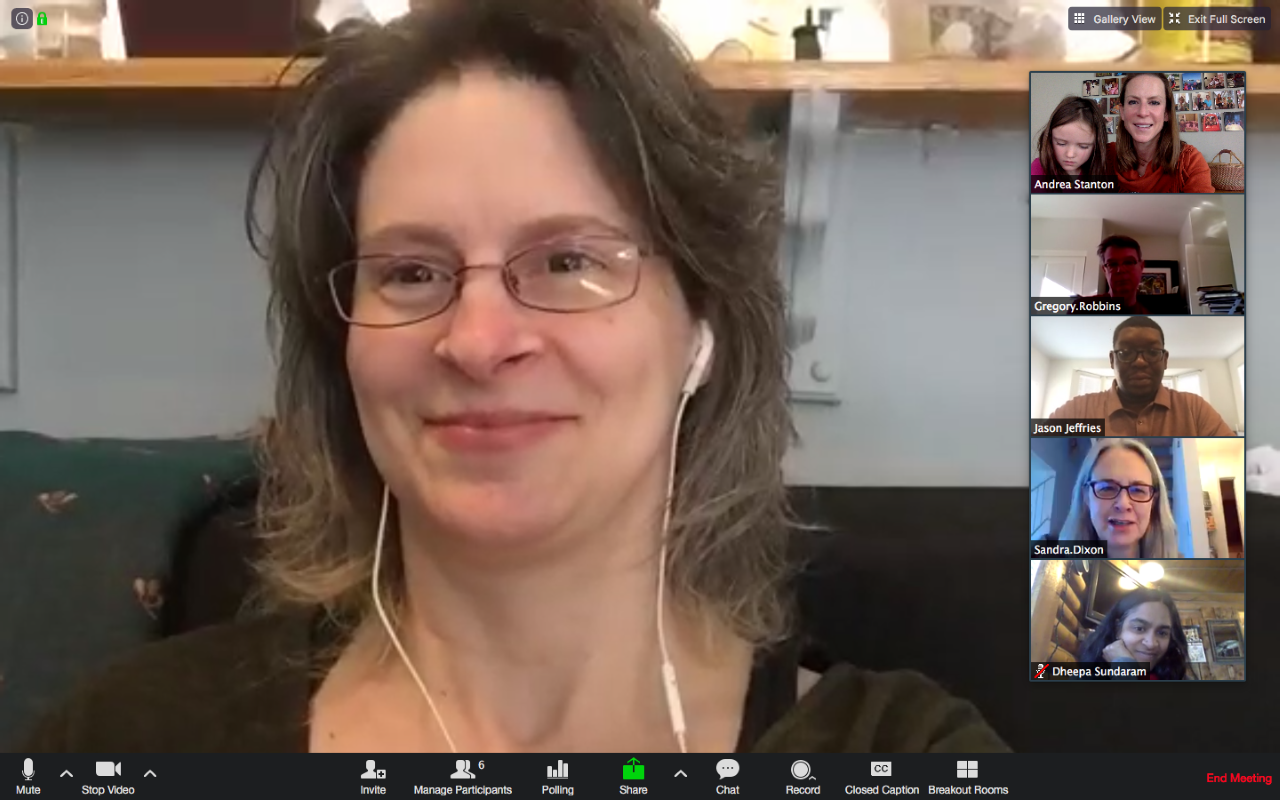In part two, we offer more advice for helpful tools and strategies for moving online. Once again my colleagues and I in Religious Studies (CAHSS) would like to make a pitch for thinking of the Spring Quarter as offering an opportunity to experiment, to be part of a community of learners with your students, and to do so primarily with some easy-to-set up uses of Canvas that support asynchronous learning (students working at their own pace, within a window of time). While these ideas won’t work for everyone, what we want to stress is that they can promote meaningful, effective learning, grounded in solid pedagogical principles – without exhausting you or your students.
Here are some of our thoughts:
Quizzes and other pulse takers
As my colleague Greg Robbins says: “Canvas can be quite nimble” – there are lots of opportunities to make it work for you. Canvas’ Quiz section can be used as a rough equivalent to the “poll” in Zoom, in terms of taking the pulse of the class. A quiz takes 10 minutes to set up and allows the instructor to get feedback easily – somewhat like clickers, although with Quizzes I can also look to see how individual students answered, which may not work with all clickers. You can create ungraded polls and quizzes as a springboard for class discussion (either in a live Zoom session or as the start of a recorded lecture).
You could also fold a quiz into a larger assignment: for example, have students complete a reading and/or watch a lecture by Tuesday and complete the accompanying quiz by Wednesday. You as the instructor release or otherwise post the aggregate results to the class on Thursday, and students reflect on the answers in a one-page writing assignment due Friday. Using quizzes to test student learning and encourage retention hits some of the more recent pedagogical views of quizzes; using them for student engagement helps in other ways.
Recorded lectures
Canvas’ interface is pretty decent for integrating recorded lectures. However, long lectures can be deadening, for you and for your students. We suggest that any recorded lectures be mini-lectures: 10-12 minutes, with a follow-up exercise for students: a problem set they can do online, a quiz, a paragraph-long writing reflection around their favorite sentence, etc. My colleague Jason Jeffries points out that some people may want to do these every couple of weeks or even every week, rather than scrambling to record them all before the quarter begins. Spacing out the recording can ease the burden on you and also make it possible to respond to student comments from discussion posts and others, helping you all connect to one another.
Live Sessions
Sometimes a Zoom session does make sense. I’m teaching our PhD program’s Pedagogy course this spring, for example. There are only 10 of us, so we can have a reasonable conversation, maybe once per week or once every two weeks. If you’re doing live Zoom sessions, we suggest that they also be mini sessions – 30-60 minutes, with a specific focus. Zooming for longer, especially with large classes, can be difficult to manage and also difficult for creating meaningful student engagement. (If you’re teaching a smaller course, maybe this is a time to help your students build their presentation skills by having them create short Powerpoints and use them in Zoom presentations?)
Live sessions, take two
If you routinely teach large courses and break students up into working groups, you can do the same thing while teaching online. The burden does not have to be all on you. As my colleague Sandra Dixon says, “we’ve been trying to get away from the sage on the stage model for years”. You can empower students by putting them in groups and giving them options for working together, based on their own individual situations. They might text, try out MS Teams, set up their own Zoom meetings, or whatever works for them. You’re helping them build their collaborative skills in ways that reflect many contemporary working environments.
Pneumatic Tools
CAHSS chairs and directors generally feel that Theatre Department Chair Steven McDonald oversees the coolest sounding courses, because they all seem to involve pneumatic tools. Canvas does not have a pneumatic tool section, which is a reminder that some courses don’t lend themselves to online instruction in their current form. Trying to put an existing course with heavy lab or studio components can seem like an exercise in frustration. Mourning that loss, and then turning to experimentation may help produce meaningful learning with less frustration.
For science, what about adapting some the “kitchen science” stuff currently being posted online for K-12 students, or trying out a virtual lab? For theatre sets and engineering, what about playdough (homemade is easy and cheap), mini-sets made from whatever one finds around the home / in nature, or learning about VR theater building?
In short, we think that this spring can be more than a ten-week march of misery and 110-minute Zoom sessions. We hope that these ideas launch you toward some helpful tweaks to your existing courses, in ways that offer meaningful learning for your students while making efficient use of your time.



